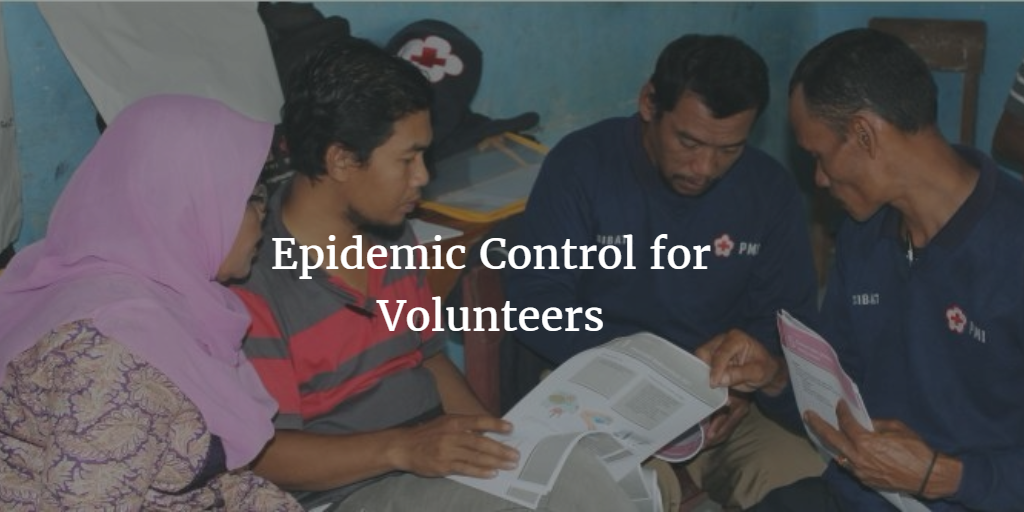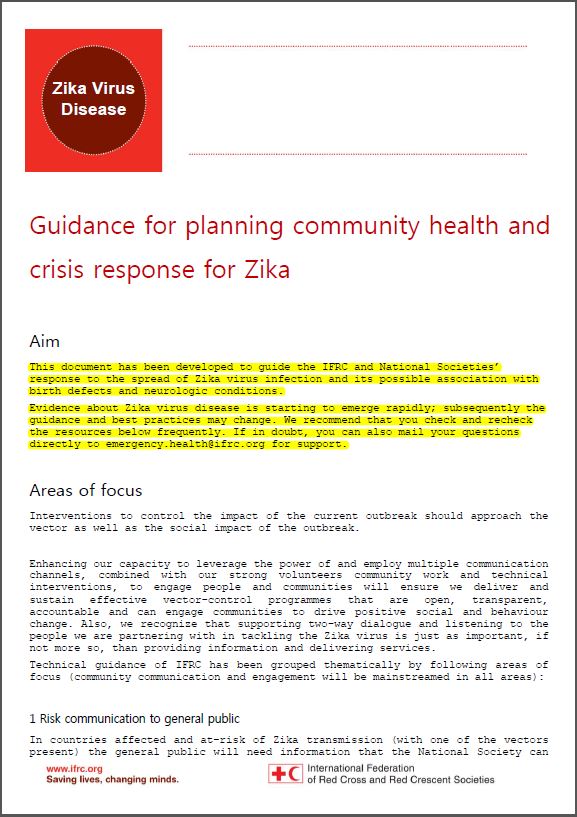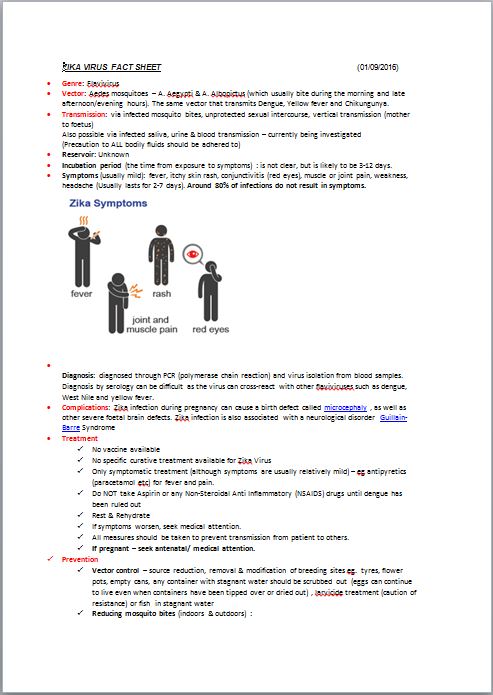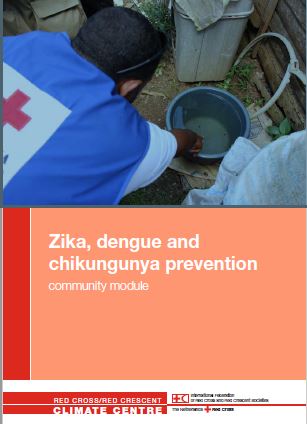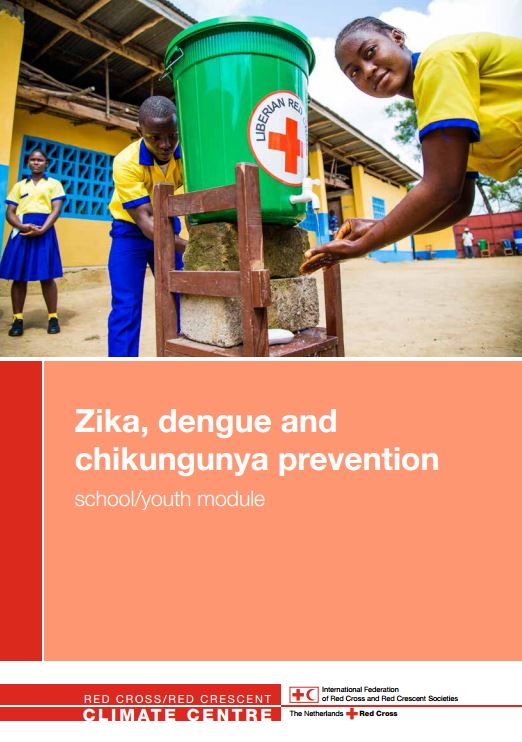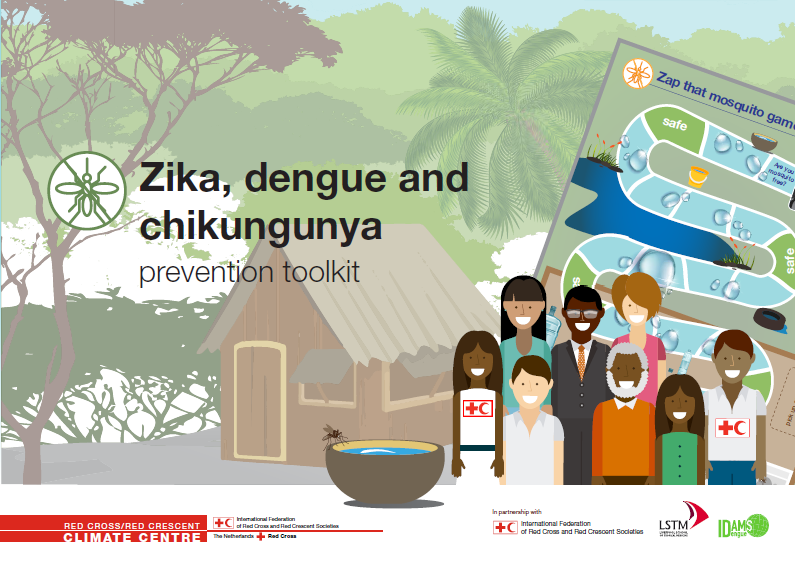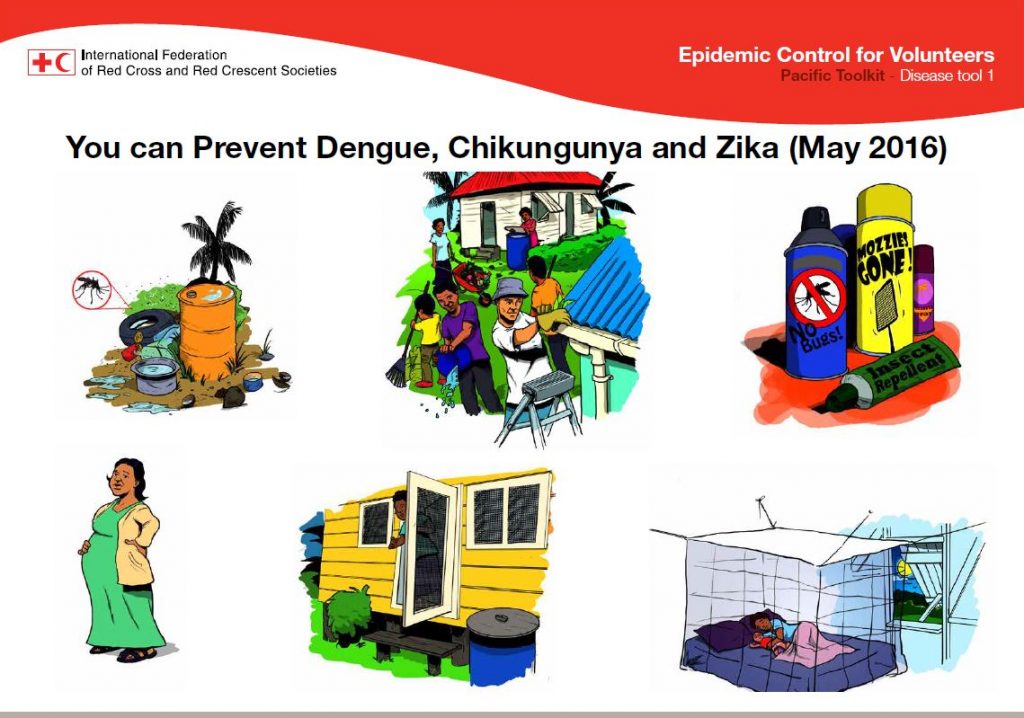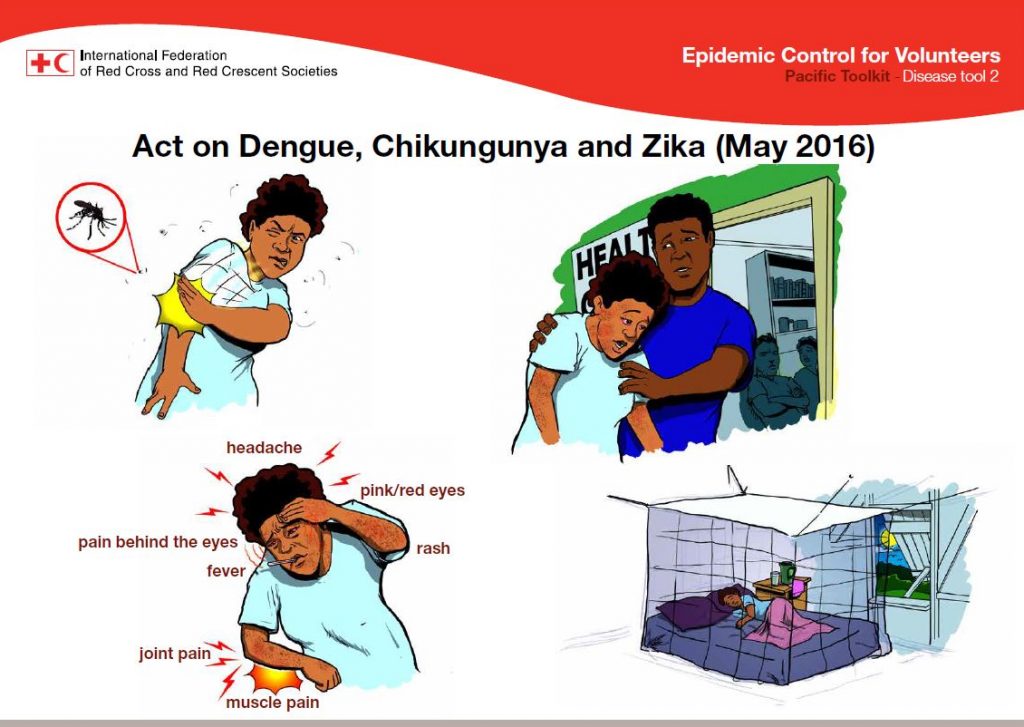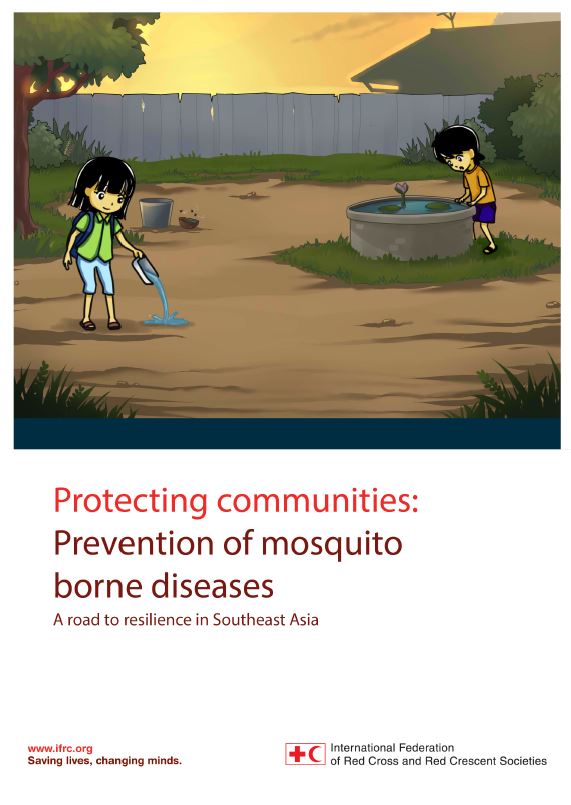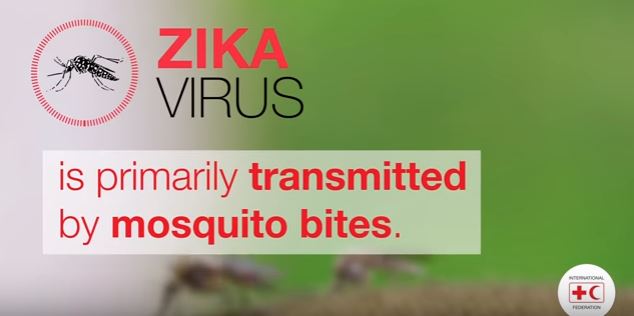
Introduction and symptoms
The Zika virus is transmitted by the Aedes aegypti mosquito, which is also known to carry the dengue, yellow fever and Chikungunya viruses. First detected in Africa in 1947, it baffled health experts in the second half of 2015 by spreading quickly through Central and South America. The Zika virus is spreading rapidly in Latin America, and Asian governments have issued advisories in a bid to contain. Zika virus is a member of Flavivirus, divided into African and Asian linage.
Symptoms of Zika fever commonly present with fevers, mild headaches, skin rashes, conjunctivitis and joint pain and it is transmitted by Aedes mosquito (the mosquito-borne disease) which could be linked to birth defects and can cause temporary paralysis. Incubation period in human is 4-7 days. Extrinsic incubation period in Aedes species is about 10 days. While lacking complete clinical evidence, doctors and researchers increasingly suspect Zika is connected to cases of microcephaly — a neurological disorder in which infants are born with smaller craniums and brains. Generally, Zika is rarely fatal, with patients usually recovering on their own in about a week. There is no vaccine or specific cure for the disease. Zika key facts are available on the WHO’s website.
Measure for prevention / preparedness
“Protect Yourself, Your Family, and Community from Mosquitoes”
Some measures and warnings have been raised to:
- Advise pregnant women to consider deferring non-essential travel to Zika-hit countries and reiterated its warning to the public to destroy all breeding places of mosquitoes, which can spread dengue , Zika, and other tropical diseases.
- Work to raise public awareness about ways to prevent infections, including by using insect repellents and wearing protective clothing. keep their surroundings clean and mosquito-free.
- Suggest wearing long sleeves and pants, using mosquito sprays and avoid leaving out buckets and other containers that can catch water, destroy mosquito-breeding places, and report to medical institutions in case of developing suspected symptoms.
For more guides and awareness raising (IEC) materials, visit:
Guiding Documents
Resources
- Zika, Dengue and Chikungunya Toolkit: Community Module
- Zika, Dengue and Chikungunya Toolkit: School/Youth Module
- Zika, Dengue and Chikungunya Toolkit: Prevention Toolkit
- Epidemic Control for Volunteers – Pacific Toolkit – Disease Tool 1 You can Prevent Dengue, Chikungunya and Zika (May 2016)
- Epidemic Control for Volunteers – Pacific Toolkit – Disease Tool 2 Act on Dengue, Chikungunya and Zika (May 2016)
- Comic Book: Protecting Communities – Prevention of Mosquito-Borne Diseases
![]()


